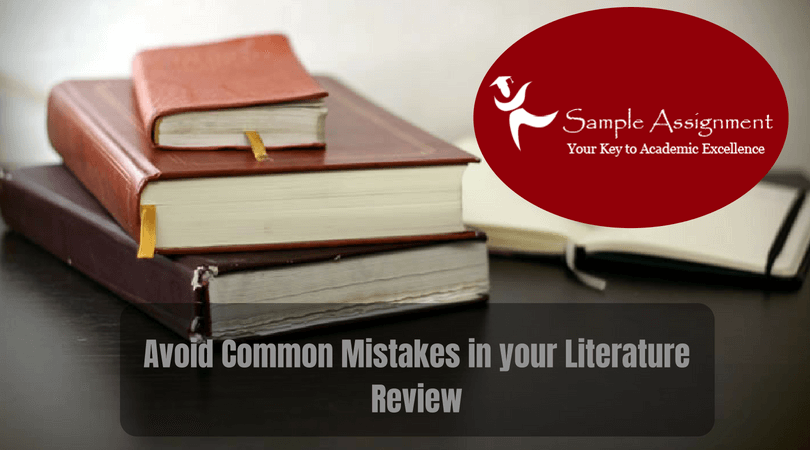‘Pathetic Fallacy’ is a literary device that causes confusion in our minds; it looks similar to Personification and Anthropomorphism but differs from both the figurative devices. Being the student of English Literature you might have at least once experienced the catch 22 situations while using or describing this figure of speech. In the English courses, these are common and a majority of students get stuck with and require
help with their English assignments.
The term Pathetic Fallacy is a combination of two words where ‘pathetic’ is derived from a Latin word ‘Pathos’ which means ‘feelings’. Pathetic is a word that doesn’t mean ‘bad’ or ‘poor’. And ‘Fallacy’ is derived from the Latin word ‘fallax’, which means ‘false’. These two words placed side by side form a literary device which means 'fake emotions' or “emotional falseness”. In this type of rhetoric device, the author attributes human feels and traits to inanimate or natural objects. Mainly this device is used to describe the specific emotional atmosphere.
Now let’s banish the mist of confusion from your libertarian brains through an example. I am sure, your literature lovers must have read the magnum opus, ‘Ode to Melancholy’ by John Keats. The central theme of the poem is how to fight with sadness. The lines:
“But when the melancholy fit shall fall
Sudden from heaven like a weeping cloud,”
These lines are the perfect example of a pathetic fallacy; here ‘sudden from heaven like a weeping cloud’ describes the use of human emotions of weeping through the clouds.
Pathetic Fallacy and Personification
Our
English assignment expert says that Pathetic Fallacy and Personification is just like salt and powdered sugar, they both look alike but their function and taste different from each other. So let’s clear the clumsiest doubt, Pathetic Fallacy is a type of personification used to give human emotion only to the objects of nature such as weeping clouds, singing monsoon, etc. whereas personification is a broader term used to give human attribute to any non-living object, abstract ideas, animate or inanimate object of nature, etc.
Pathetic Fallacy and Anthropomorphism
The difference between Anthropomorphism and Pathetic Fallacy is that Anthropomorphism is used when the author infuses human characteristics to inanimate objects or animals. It is different from personification and pathetic fallacy; here non-human objects behave like humans such as the pigs in Animal Farm written by George Orwell's are an example of anthropomorphism. On the other hand, Pathetic Fallacy is a literary device that attributes human emotions or responses to objects of nature. This term first used by John Ruskin in his piece of art
Modern Painters (1843–60).
5 best examples of Pathetic Fallacy
Now that your bewilderment is solved, let’s make the topic crystal clear through some most suitable examples of pathetic fallacy so that you can never get confused again while writing your
Literature Assignment.
- Let’s start with an example from Shakespeare’s ‘Macbeth’, in Act 2 of scene 3 when Duncan has murdered the lines, The night has been unruly. Where we lay, Our chimneys were blown down; and, as they say……… are the examples of pathetic fallacy (William, 2013).
- In the poem, ‘I Wandered Lonely as a Cloud’, By William Wordsworth, pathetic fallacy is used in the lines ‘I wandered lonely as a cloud, That floats on high o'er vales and hills’ (Wordsworth, 2017).
- In ‘Romeo and Juliet’ by William Shakespeare, this literary term was used in Act 3 of scene 1, I pray thee, good Mercutio, let's retire. The day is hot; the Capulets, abroad (William, 1985).
- ‘Wuthering Heights’ a novel by Emily Bronte is a novel full of pathetic fallacy. Emily used this device even in the tile of the novel, the word ‘Wuthering’ means blowing strongly with a roaring sound.
- In the novel, ‘Great expectations’ by Charles Dickens pathetic fallacy is used in the starting part of chapter 39 when the protagonist commented on the ‘wretched weather’ and said, Day after day, a vast heavy veil had been driving over London from the East, and it drove still, as if in the East there were an Eternity of cloud and wind (Charles, 2008).
How Can We Add Stars To Your English Assignments?
That‘s all that one needs to know about one most confusing literary devices. Now get set and start working on your
literature assignments. If still, you have any sort of confusion or facing any kind issues while framing or researching on the assigned topic, get in touch with our experts at
Sample Assignment.
Even after knowing everything about pathetic fallacy, we understand how difficult it is to present it in your assignments in a well-defined manner. Just leave all your worries aside, you can get the
best assignment help and academic assistance on your fingertips. Visit our website and avail amazing discount on your order.
References
- William, 2013. The Tragedy of Macbeth. Educational Publishing Company, 1916.
- Wordsworth, 2017. I Wandered Lonely As a Cloud. Joanna Kangisher, 2017.
- William, 1985. Romeo and Juliet. Nelson Thornes, 1985. Available
- Charles, 2008. Great Expectations, Volume 2. James G. Gregory, 1861.







Loved reading this Blog? Share your valuable thoughts in the comment section.
Add comment